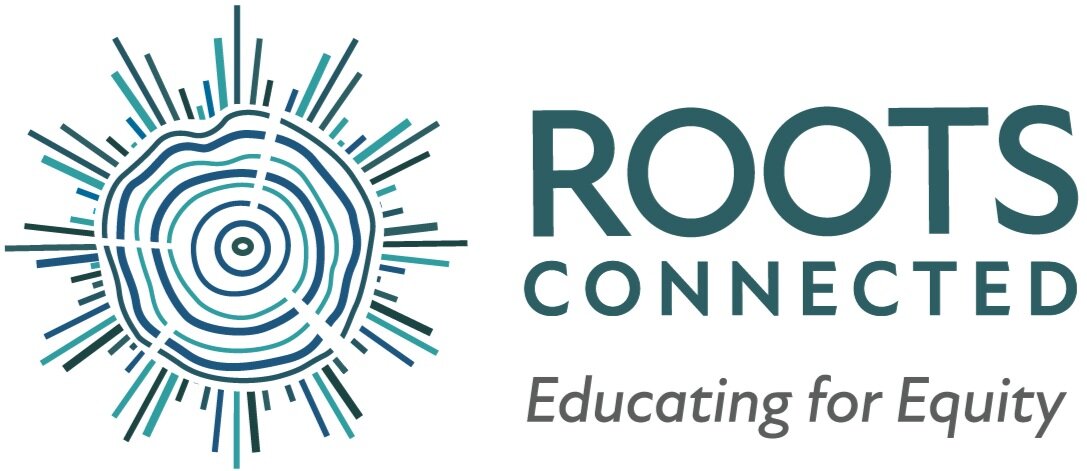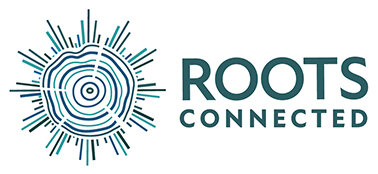Teaching Students How to Think Instead of What to Think: An Anti-Bias Approach to Unlearning Stereotypes with the Power of Critical Literacy
The need to teach children how to think instead of what to think is timely and critical and is itself an act of social justice. Approaching a curriculum with an anti-bias lens is necessary, but where do you start? What does social justice look like for each student, and how do we deepen our students' understanding of social justice and their agency? Can we do all this within our current curriculum? Most of the time, we can use our curriculum as long as we are asking the right questions. Anti-bias education is an action-oriented, value-based approach to learning. Starting with elementary school, it focuses on the need to honor all differences in the classroom, to see each student and classmate, and address and unlearn biases. In practice, this means increasing representation in our curriculum, practicing critical literacy, and defining social action as something each child can do to make change while staying true to themselves. Most applicable to elementary and middle school teachers, this introductory workshop will focus on explicit examples of anti-bias education in practice through the lens of critical literacy; to give participants a foundational understanding of anti-bias education and how critical literacy is a means by which classrooms can specifically address race, power, privilege, stereotypes, and bias. Participants will work in both small and large groups to understand what these frameworks can look like in practice and consider the implications for their own school sites and communities of practice.

